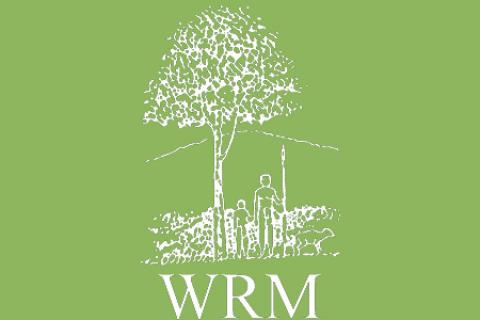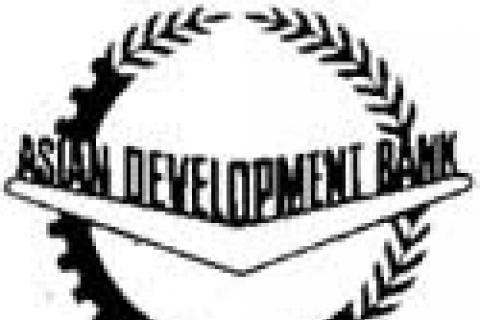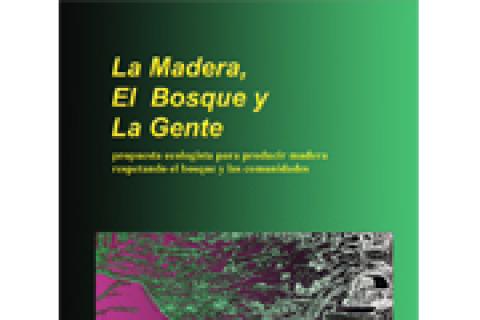The climate crisis is a lot like other environmental crises. Coming to terms with the science is the least of the problems. What’s harder is to organize effective and democratic strategies for action. What’s the political landscape in which climate activists must operate? Who can you make alliances with and how? Who are the good guys, who are the bad guys?
To a lot of environmentalists, especially in the North, it all used to seem pretty simple.
Other information
By Chris Lang, published in "Pulping the Mekong"
In December 1993, the Asian Development Bank agreed a US$11.2 million loan for an "Industrial Tree Plantations Project" in Laos. Phase 1 of the project, which ran until 2003, aimed to plant 9,600 hectares with fast-growing tree plantations. Phase 2 of the project, "Tree Plantations for Livelihood Improvement" is currently under preparation and will go to the ADB's Board for a decision on funding in October 2003. Under phase 2 the ADB plans to plant a further 10,000 hectares.
The project raises several important concerns:
As we said in our last bulletin “the winds of change blow with increasing strength”. One of such winds was felt at the meeting of the “Network for Women in Natural Resources Management”, held during the last World Forestry Congress (WFC) in Quebec last September. For the first time in this kind of event a group of women with a diversity of interests gathered together to share their views on gender issues.
Just prior to the Vth World Parks Congress, a consortium of mining, oil and gas companies announced that they would accept that all World Heritage Sites were off limits to further exploitation.
As members of the global indigenous peoples' health caucus, Committee on Indigenous Health members prepared a number of technical briefing papers for the UN Permanent Forum on Indigenous Issues – most of us who were attending the second session were focussed on the activities of the so-called UN specialised programmes and bodies.
Just as the World Bank has named Uganda as one of the African countries to benefit from its three carbon finance funds (Prototype Carbon Fund, Bio Carbon Fund and the Community Development Carbon Fund), information about an unprecedented ‘land grab’, opening Uganda’s public forests to private development, begins to emerge.
Described by carbon market analysts as a ‘PR disaster’, the World Bank Prototype Carbon Fund’s Plantar project continues to add to the impression that ‘no carbon credits’ are good ‘carbon credits’. In a ‘Note on the Plantar PCF Project’ the World Bank recently acknowledged that allegations by the Brazilian plantations company Plantar S. A. regarding falsified signatures on the first in a series of Brazilian civil society letters outlining the problems with the companies carbon sinks project were incorrect.
Only available in Spanish - By Javier Baltodano
It is now well-documented how indigenous communities face serious discrimination from their societies, are exploited by others, and possess little protection for their resource rights upon which they rely to secure their livelihoods. Many of these groups also live in areas where local, national and international conservation organisations maintain strong interests.
Exxon's £1.3bn Chad-Cameroon pipeline stretches 1,000km across arid lands and equatorial forest to the African coast. When it reaches west Cameroon it runs adjacent to an old wildlife reserve where, for centuries, thousands of indigenous Bagyeli pygmies have depended on the forest for hunting and medicines.
Humankind’s closest relatives, the African Great Apes, may have vanished from the wild by the end of this century. The combined pressures of habitat loss and bushmeat hunting are driving them towards extinction. Unless these pressures are curbed, soon, there seems little hope that the dwindling populations of forest-dwelling mountain gorilla, lowland gorilla, chimpanzee and bonobo can sustain themselves for long.
The idea of a series of protected natural areas joined by surrounding buffer zones where low intensity activities take place is no doubt attractive. It could be a scheme that might even guarantee landscape or habitat continuity and avoid the fragmentation caused by industrial activities such as large-scale agriculture and tree plantations, urbanization or works such as roads and dams. This is what the text of the Meso-American Biological Corridor (MBC) project proclaims.


